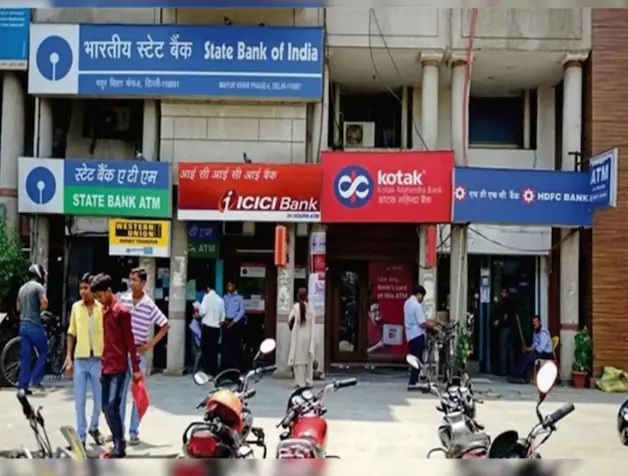Banking Rules Updated: Banks keep changing their rules from time to time. This month too, there have been some major changes, which you need to know about. Lack of information about the changes in the rules can also cause financial loss to you. From ATM transaction limit to minimum balance in the account, some changes have come into effect from this month.
New limit of minimum balance
Some banks have changed the rules for minimum balance in the account. SBI account holders will now have to keep at least Rs 5000 in the account. Earlier this limit was Rs 3000. Similarly, Punjab National Bank has increased this limit from Rs 1000 to Rs 3500. While in Canara Bank, the minimum amount has been increased from Rs 1000 to Rs 2,500. Penalty amount will be charged from account holders having balance less than the minimum amount.
New limit for ATM transactions
From this month, the rules for withdrawing money from ATM have also changed. According to the updated rules, people in metro cities will be able to withdraw money from ATM 3 times a month for free. After this, a charge of Rs 25 will be levied on every transaction, which was Rs 20 earlier. At the same time, if you are withdrawing money from another bank ATM, then a fee of Rs 30 will be charged. In non-metro, this limit is 5.
Fees levied on deposits
Kotak Mahindra Bank has revised its 811 savings account rules. A fee of Rs 5 per Rs 1,000 will be levied for cash deposits exceeding Rs 10,000 per month. ATM decline fee will now apply only at non-Kotak ATMs (Rs 25). Standing instruction failure fee has been reduced from Rs 200 to Rs 100.
IDFC First Credit Card
Many changes will be made to the IDFC First Credit Card from February 20. Statement dates will be changed and new charges will be applicable for education payments made through platforms like CRED and PayTM. Apart from this, now Rs 199 + applicable taxes will have to be paid as card replacement fee.
Keep an eye on interest rates
The Reserve Bank has cut the repo rate after a long period of five years. After this, banks can make loans cheaper. Along with this, changes in the interest received on fixed deposits are also possible. The repo rate is the interest rate at which RBI lends money to banks. When the central bank reduces this rate, banks can borrow money at a lower cost. However, this also leads to a drop in deposit rates, as banks do not need to offer high returns to attract funds.
Related Articles:-
India Post GDS Recruitment 2025: Apply for 21413 posts at indiapostgdsonline.gov.in
5% GST may be levied on term plans along with input tax credit
IMD Alert: There will be rain in these 8 states for three days from today, check details















